Poland has seen a lot of conflict over the years, not least during the Second World War. The Warsaw Uprising in the summer of 1944 was led by the Polish Underground Resistance to try and free Poland from the German Occupation. The uprising was timed to coincide with the retreat of the German Army from Poland. However, the advancing Red Army temporarily halted their advance allowing the Germans to defeat the resistance fighters and they razed the city to the ground in reprisal. It is thought that around 16,000 Polish resistance fighters died along with 150-200,000 residents in mass executions all around the city. So, very appropriately we started the day with a walk to the Tomb of the Unknown Soldier – a memorial to all Polish soldiers who have died in conflict.

Once back at the hotel, we started our tour of Warsaw on the bus. The guide took us around all the various districts showing us the layout of the city and the bus then dropped us at the top of the Old Town. On the walk through we saw a memorial to the uprising and were shown images of the devastation caused when the Germans razed the city to the ground.
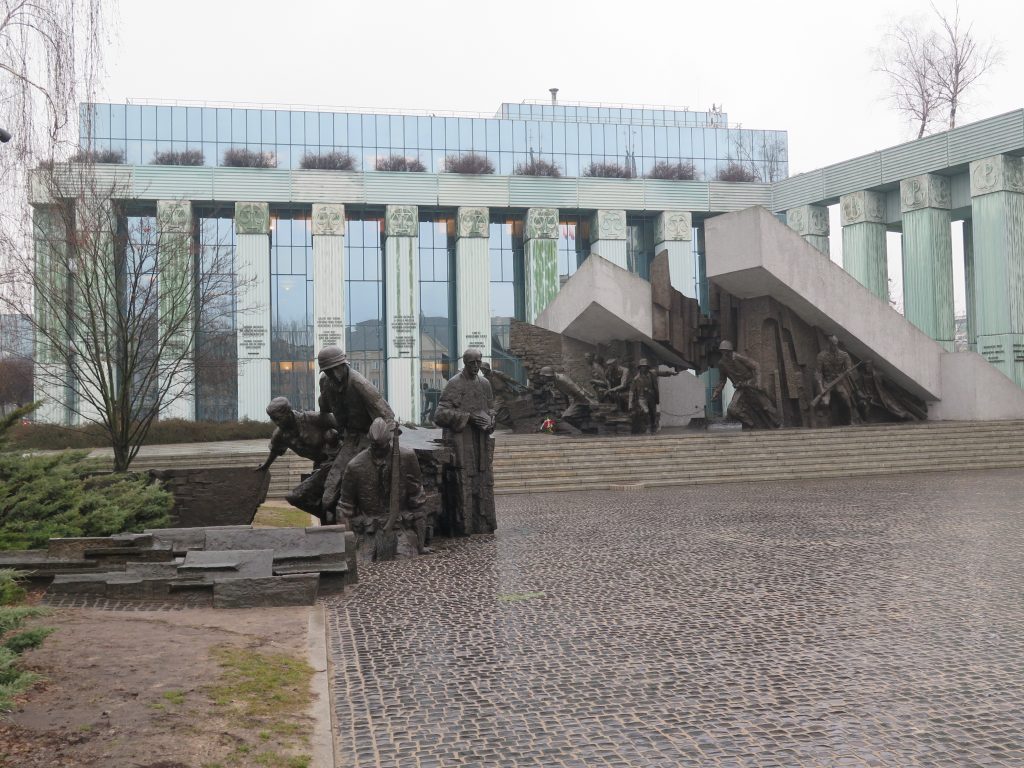
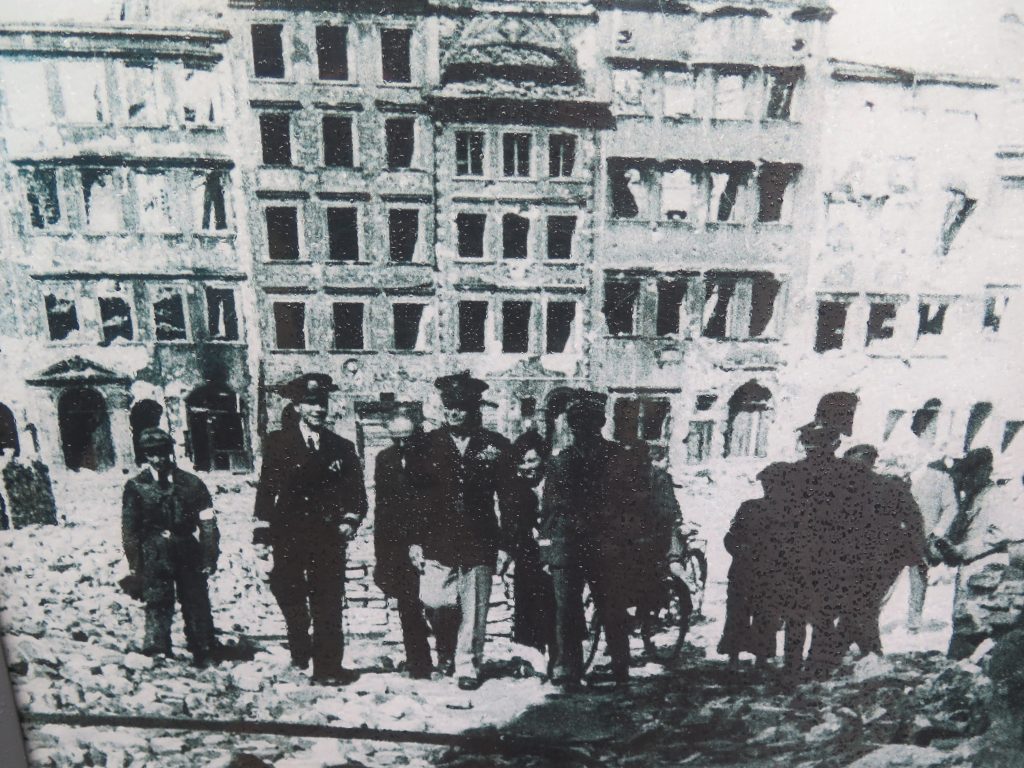
Incredibly, most of the old town was completely rebuilt, much of it using paintings done by Canaletto as the basis for the reconstruction to show how the town looked in the 17th and 18th Century. The most remarkable example of the reconstruction is the Royal Castle. This was progressively built up over a number of centuries starting in the 13th Century and gradually being added to over the years. It has also been looted by various people over the years, not least the Swedish under Gustav Vasa and various others up to the Nazis in 1941 onwards. It has also served as a Polish Parliament over the years. The building was completely flattened in 1944 after the failed Warsaw Uprising and many Poles must have thought they had completely lost it. The locals tried to save as much as they could of the decoration and artwork and many paintings are cut out of their frames in the haste to try and save them. The rebuilding started in 1971 and took until around 1984, so that building we went round was actually only just over 30 years old, but it was nevertheless a remarkable building. Work is still going on all the time and artworks are being returned still, but the bulk of the work has been completed and the building is clearly an important symbol for the Polish people.
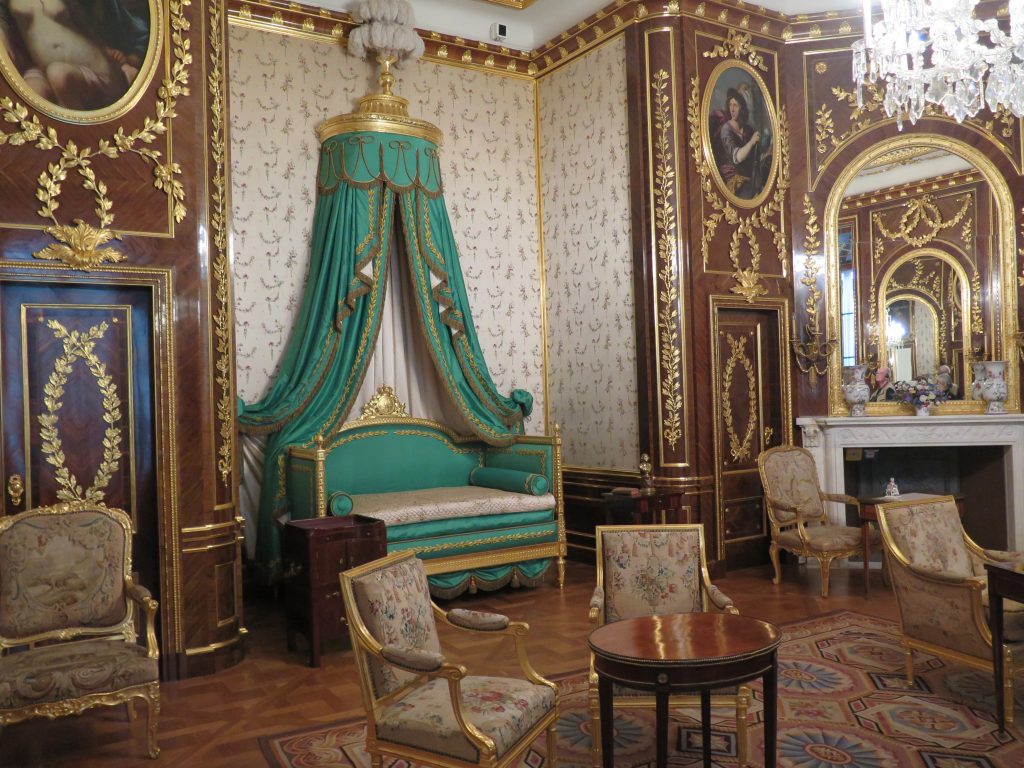
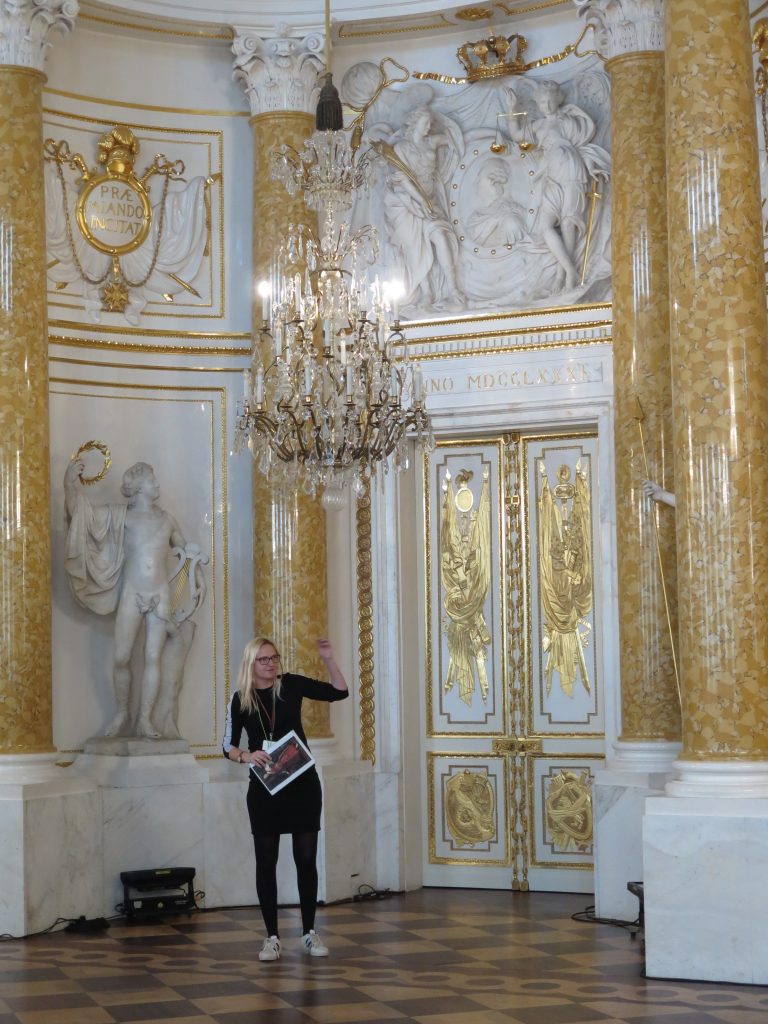
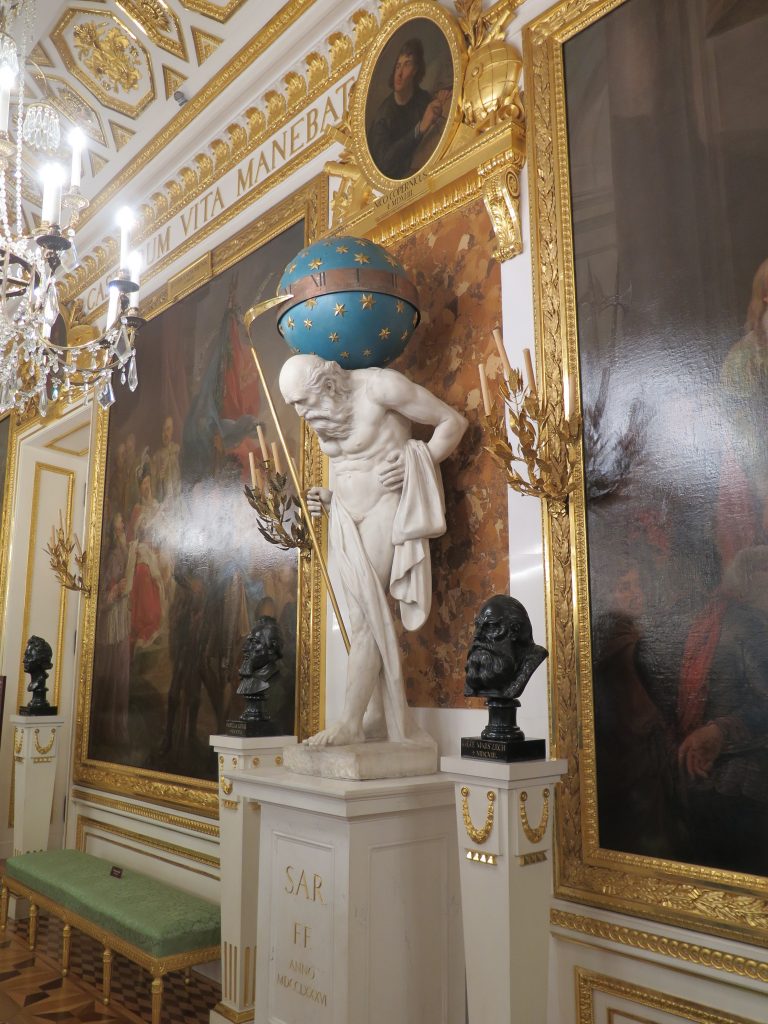
One nice touch in the restoration was one of the ceiling paintings – though the professor recreating it closely followed the original, he changed one of the faces to be that of Lech Walensa. A very clear snub to the Communist Governement.
After the fascinating tour round the Royal Castle, we walked back to the hotel, narrowly missing a brass band reception for the President of Lithuania! After lunch, we headed off to the station again for our overnight train to Moscow.
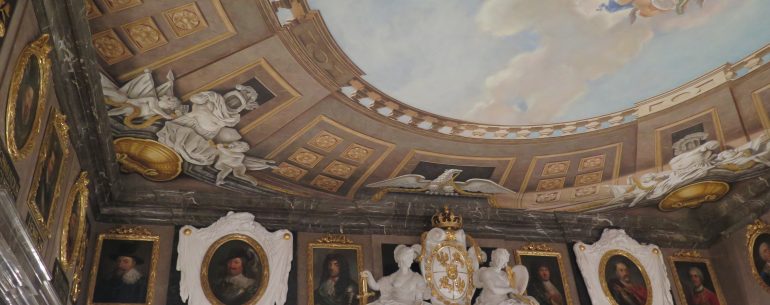
Leave a Reply